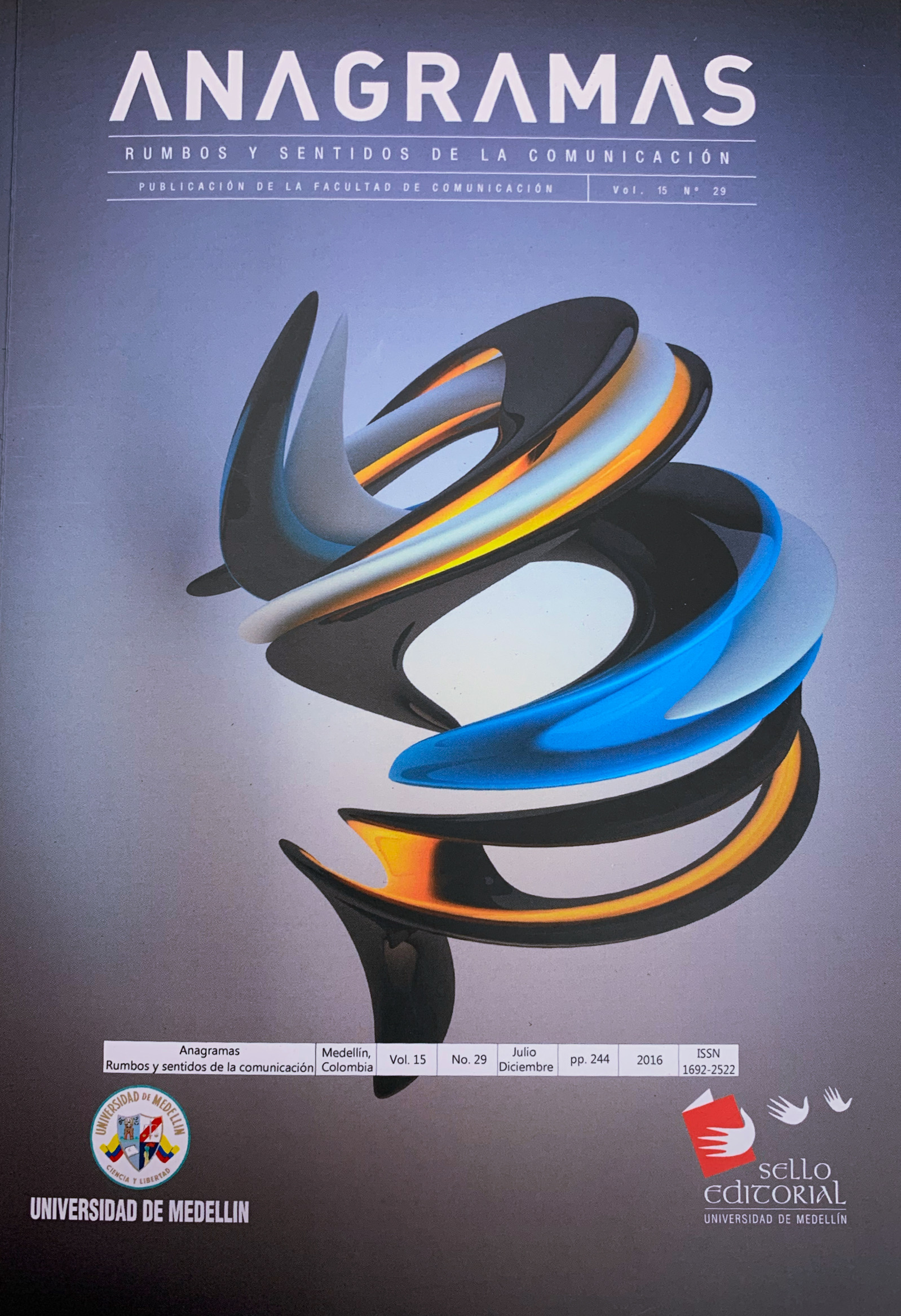Visual Metaphor Guessing Game
Main Article Content
Abstract
This article shows the results of a research on visual metaphor interpretation process in children between 3 and 4 years old. The purpose of the research was to state the visual metaphor interpretation process and the involved reasoning. Visual metaphor is understood as a phenomenon in which represented objects show transformations which result in an arising of new categories and even ambiguity, that is to say, that the object may belong to a more than one category, at the same time. A study case was carried out with a group of eight children; it is a longitudinal study, in which there is a follow-up of how they progressively access to the comprehension of the metaphor. Results allow affirming that the comprehension process implies stablishing inferential relations, which correspond to abductive inferences. Six interpretation levels are identified. In the two extreme levels, it was found that children understand that it is possible that a represented objet is transformed and, nevertheless, continues belonging to the same category. On the other hand, the most elaborated level is when the new category is constructed in a way that it emerges I the metaphorical image. It has been established that interpretations are first understood in comparison with iconic tropes. Results show the elaborated readings made by the children, which contributes elements for materials design with quality images, which consider the child as a qualified reader.
How to Cite
De la Rosa Alzate, A. (2016). Visual Metaphor Guessing Game. Anagramas Rumbos Y Sentidos De La Comunicación, 15(29), 167–190. https://doi.org/10.22395/angr.v15n29a8





